Hello to all marketers and SEO experts out there seeking solutions and new ways to boost your business through QR codes! Today, we will dig deep into the mysteries of QR Code, one of your handy tools in digital marketing, and learn about the volume of data it can carry.
Each QR code is unique and can connect users to a host of information, be it a website, an email address, a phone number, or more. When a QR code is scanned using a smartphone or QR code reader, you are instantly directed to the intended information.
The real power here lies in the speed of fetching relevant data, enhancing the digital user experience! Let's learn more about how much data can a QR code store together.
How Much Data Can a QR Code Store?
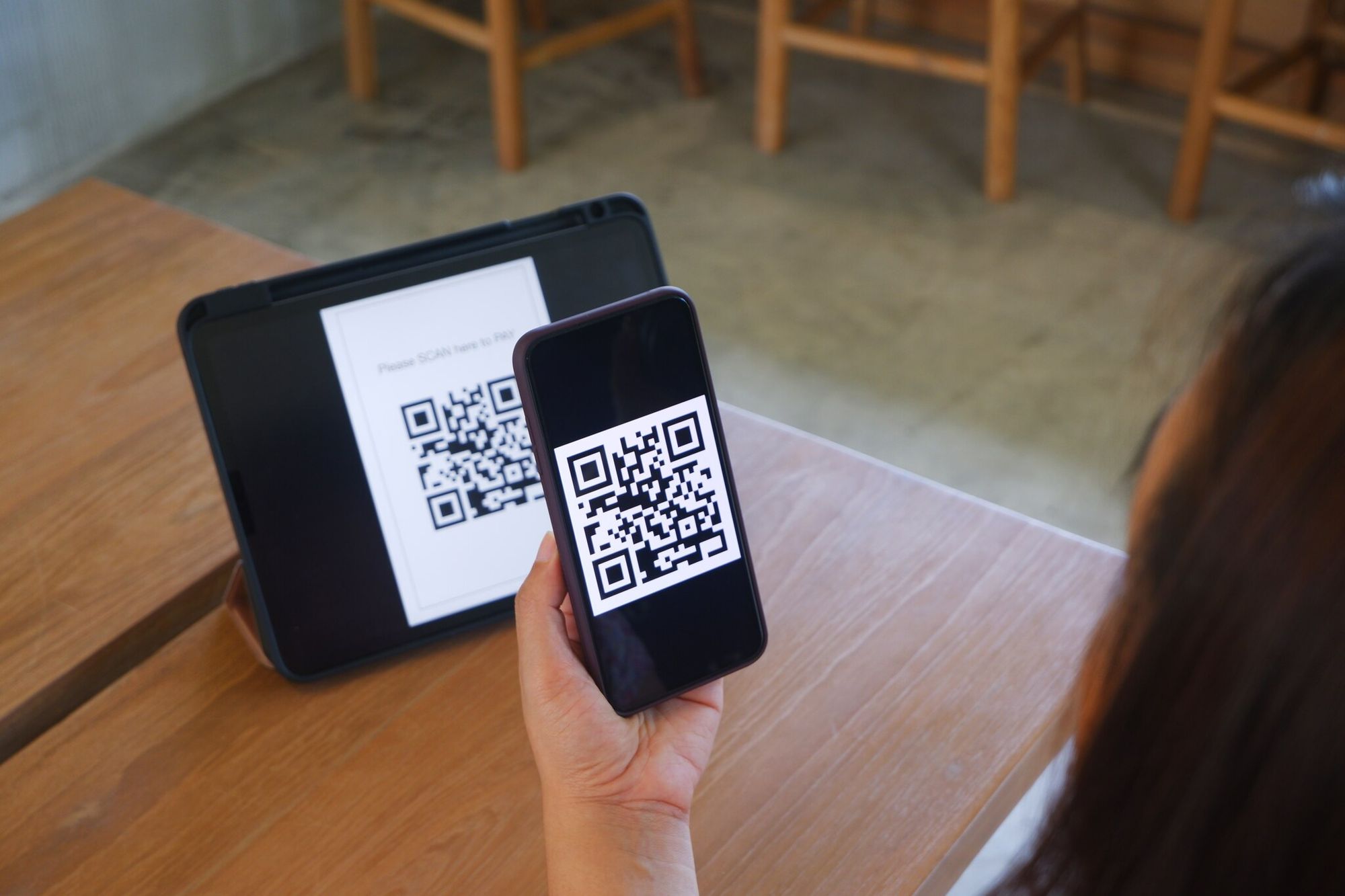
Now comes the million-dollar question: "How much data can QR code store?" To be precise, a standard QR code can hold up to 3Kb of data. Numbers can be abstract sometimes, so let's break that down. This could mean approximately:
- 7,089 numeric characters, or
- 4,296 alphanumeric characters (mix of numbers and letters) or
- an array of more than 1,800 Kanji or Kana characters.
These numbers reflect the QR code's mega data capacity compared to a standard barcode, which typically stores 20 to 25 characters. Quite astounding, isn't it?
However, let's not forget that these figures are for standard QR codes. The data storage possibilities are even more extraordinary when we step into micro QR codes or QR codes.
In the next sections, we will explore 'QR code max data size' and whether the data storage capacity is enough for your marketing needs. Buckle up and dive in with us as we unravel the secrets of QR code data storage to leverage this powerful SEO-friendly tool for your benefit. Stay tuned!
A Comprehensive Guide to Dynamic & Static QR Code Data Storage
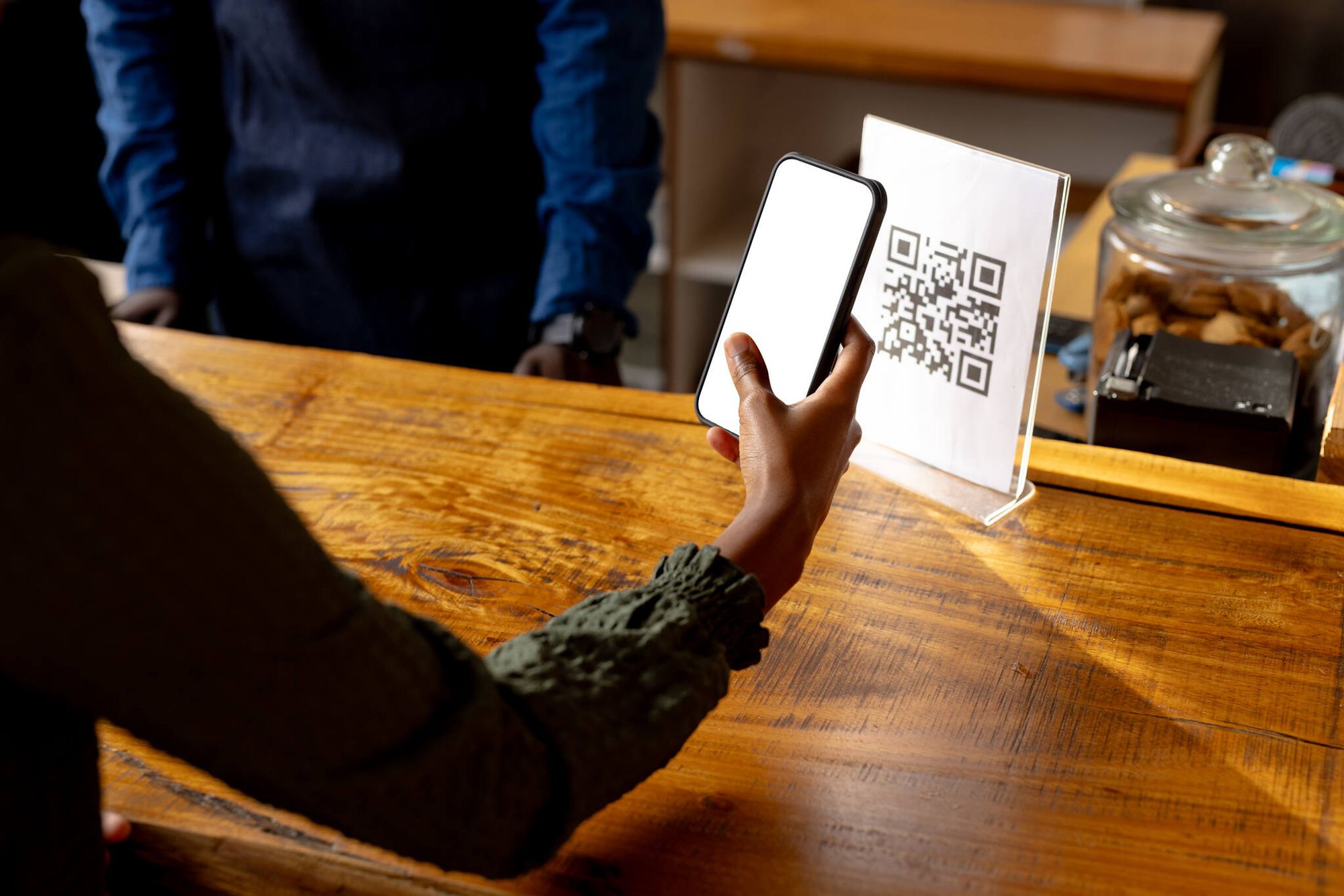
Delving deeper into the exciting world of QR codes, there are primarily two types of QR codes that one might encounter: static and dynamic. Both categories have different usage scenarios and data capacities. So, without further ado, let's understand what these two QR codes bring to your marketing table.
Static QR Codes
"Set it and forget it" – this pretty much sums up the principle of static QR codes. Once you create a static QR code, the URL or the data it leads to cannot be changed. The data is directly stored in the QR code graphic and will remain unchanged unless you generate a new code.
However, the question of "how much data can a QR code store" becomes a tad more complicated with static QR codes. For example, one regular, static QR code version (Version 40, the largest of QR codes) can store:
- Up to 7,089 numeric characters
- As many as 4,296 alphanumeric characters
- An impressive 2,953 bytes of binary data
This is already huge in terms of marketing potential. Imagine the amount of information you can pack – website URLs, vCard contact details, email addresses, telephone numbers, or even static text- endless possibilities. All these can be opened by scanning the code with a QR code reader or a smartphone with a built-in QR code scanner.
And while changes in your campaign might necessitate a newly generated code, the good news is that static QR codes don't need an active internet connection to be scanned as the data is embedded within them.
Dynamic QR Codes
Now, moving on to the next type of QR code – the dynamic QR code. If you ever wondered, "QR code max data size is too small for my marketing needs," guess what? Dynamic QR codes might be your answer!
However, it's important to note that technically, the 'QR code max data size' does not increase with dynamic QR codes. Instead, a dynamic QR code stores a short redirect URL, leading the scanning device to the actual data location on a server. This technique lets you switch the destination URL as often as possible.
Tracking is another valuable feature of dynamic QR codes. You can monitor various performance metrics like the number of scans, the location of scans, and the time of scans, among other things. These insights can help you refine your marketing and outreach strategy significantly.
Dynamic QR Codes, therefore, are perfect if you want to create QR codes for temporary use or anticipate updating your data in the future. They offer convenience, scalability, and monitoring opportunities – all crucial aspects of a successful marketing campaign.
In conclusion, both static and dynamic QR Codes have their unique strengths. While the static QR code is all about stability, the dynamic QR code is about flexibility and adaptability. Choose wisely depending on your marketing strategy and the kind of data you wish to share.
QR Code Maximum Data Storage Details
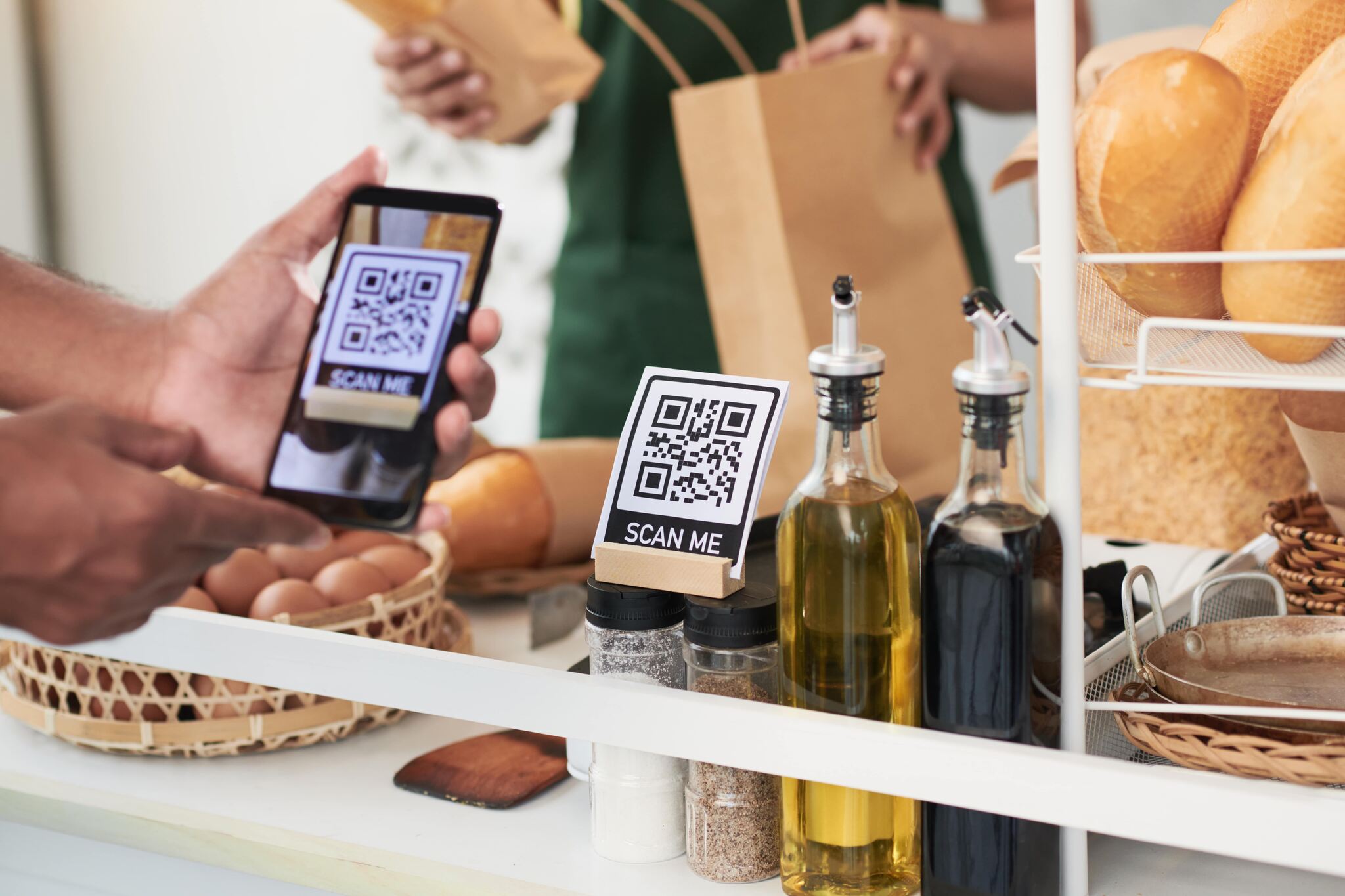
We're continuing our deep dive into QR code data capabilities. This next section will examine the nitty-gritty details surrounding 'QR code max data size' and take a look at both the limits and maximum sizes of QR codes to help you make the most out of this powerful marketing tool.
QR Code Max Data Size
There are forty sizes of QR codes, ranging from a 21x21 matrix (Version 1) to a whopping 177x177 matrix (Version 40). As the version or size of the QR code increases, so does its capacity to store more characters — hence, more information.
But, "How much data can a QR code store?" in its maximum version or size? A Version 40 QR code, the largest available, can store:
- A surprising 7,089 numeric characters (0-9)
- Up to 4,296 alphanumeric characters (0-9, A-Z, space, $, %, *, +, -, ., /, :)
- As many as 2,953 bytes of binary data (8-bit bytes, or Kanji and Kana characters)
The 'QR code max data size' positively dwarfs a standard barcode's capacity, which holds a scant 20-25 characters. This elucidates the appeal of QR codes in digital marketing. You can store large chunks of data in a highly accessible format that users can instantly unlock with nothing more than their smartphone.
Now, do keep in mind that as the data size increases, the physical size of the QR code also expands. This is because more data requires more pixels to encode the information, so ensure that the QR code is scanned easily. Also, denser QR codes may need to be scanned from a slightly larger distance. This leads us to the next pertinent topic - QR Code Size Limits and Max QR Code Size.
QR Code Size Limit and Max QR Code Size
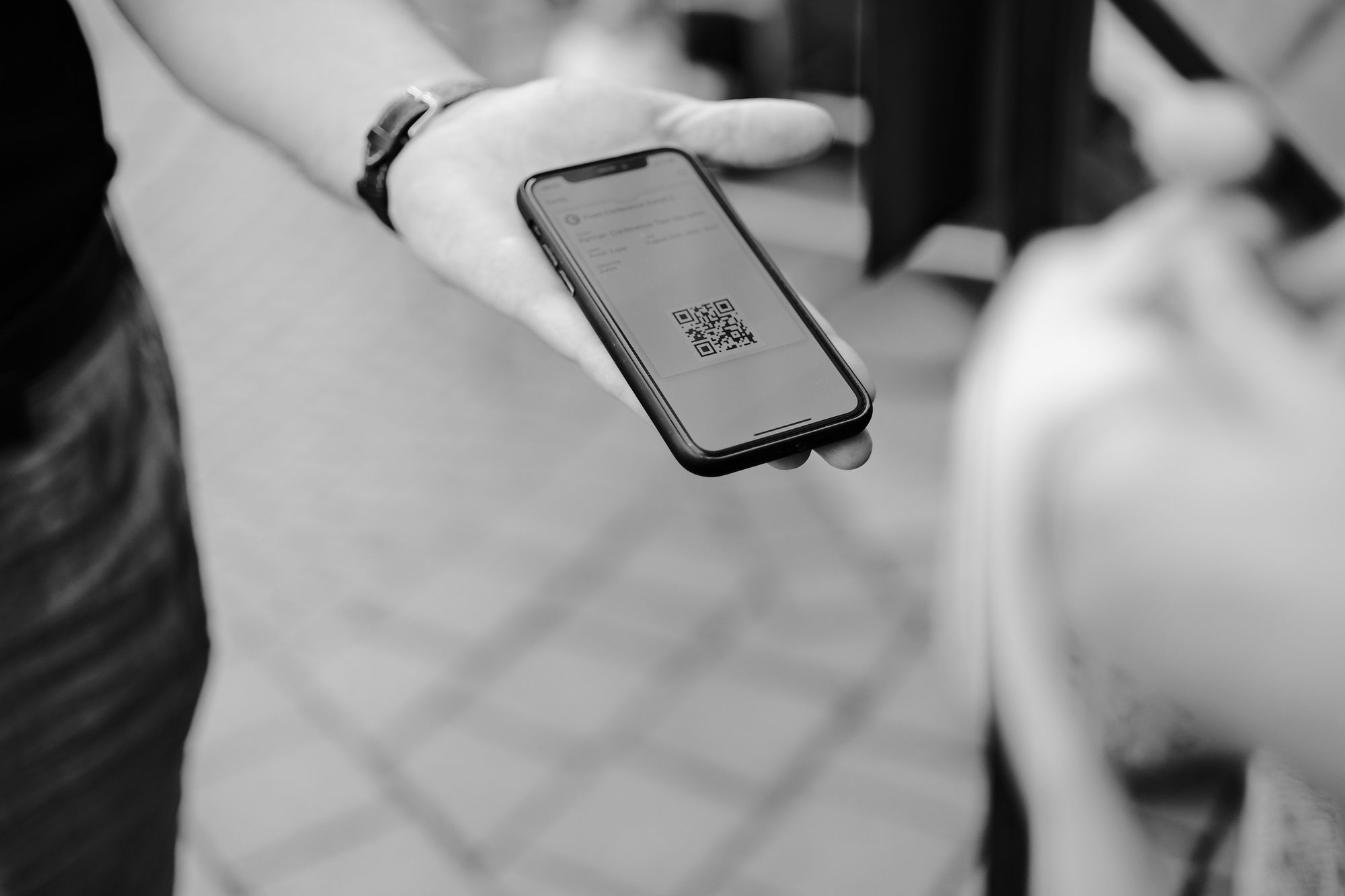
The actual physical size of a QR code is somewhat flexible, and it can be scaled to suit various applications as long as the proportional relationship between the black modules and the white background (quiet zone) is maintained for accurate scanning. But there are practical limits.
While Version 40 QR codes offer the highest data storage, they can present physical size and scanning challenges. QR codes can certainly be enlarged for billboards or downsized for business cards, but both extremes can pose scanning issues.
For huge public displays, while it might seem attractive to utilize the 'QR code max data size,' potential users may struggle to scan the code if they can't get far enough back to fit the entire code on their screen.
Conversely, if the code is too small, some scanners might be unable to read the QR code's fine details, making it unscannable. As a rule of thumb, QR codes printed on a business card should ideally not be smaller than 2 cm x 2 cm (0.8 in x 0.8 in).
Furthermore, it's crucial to consider the context in which your QR code will be used. Your end-user will likely be a foot or two away from a QR code on a business card or an advert in a magazine. For these applications, relatively small and medium sizes are ideal.
However, if the QR code is intended for use on signage, vehicle decals, or billboards — situations in which your end-user might be several feet away — you may need to opt for larger sizes and ensure the user can capture the entire code easily on their device.
In conclusion, the QR code size should balance readability and data capacity. Include your necessary data while considering the practical limitations of the physical size. Always remember that a QR code that cannot be scanned is futile, no matter how much data it holds.
QR Code Data Size vs. Data Matrix Code
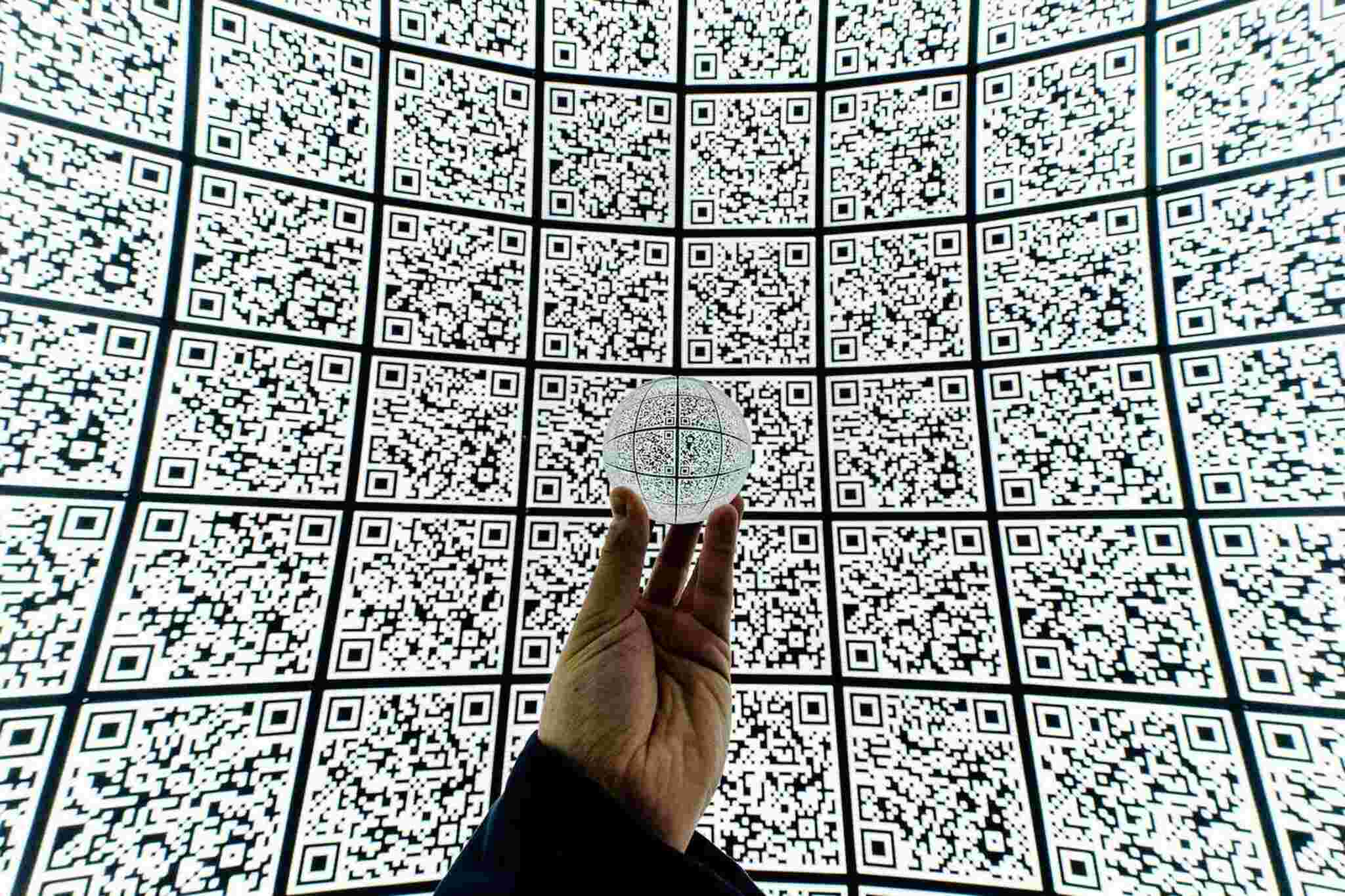
Moving forward in our thrilling journey of understanding the potential of QR codes, it's time to pit them against another dynamic barcode system – the Data Matrix Code. Every technology has its unique merits and demerits, and understanding and optimizing these characteristics leads to the most effective business strategies. Hence, the battle begins - 'QR Code Max Data Size' vs. 'Data Matrix Code Max Data Size.'
So, let's roll up our sleeves and learn the basic differences and comparisons between these technologies that will help you make an informed decision for your marketing needs.
What is a Data Matrix Code?
Just like QR codes, Data Matrix codes are 2D barcodes read by barcode readers or smartphone applications. These codes, consisting of black and white cells or modules, are usually square but can also be rectangular. A unique characteristic of Data Matrix codes is the L-shaped border that frames two sides of the code, giving the decoding device an orientation marker.
Now, you might be wondering, how much data can these Data Matrix codes store? A single Data Matrix code can hold up to 2,335 alphanumeric characters or 3,116 digits. In contrast, if we work with bytes of binary data (8-bit bytes), it can store 1,556 bytes. They're similar to QR codes, allowing you to store URLs, contact details, and more information.
So how does this fare against our primary topic, a QR code's data size?
Data Size: The face-off
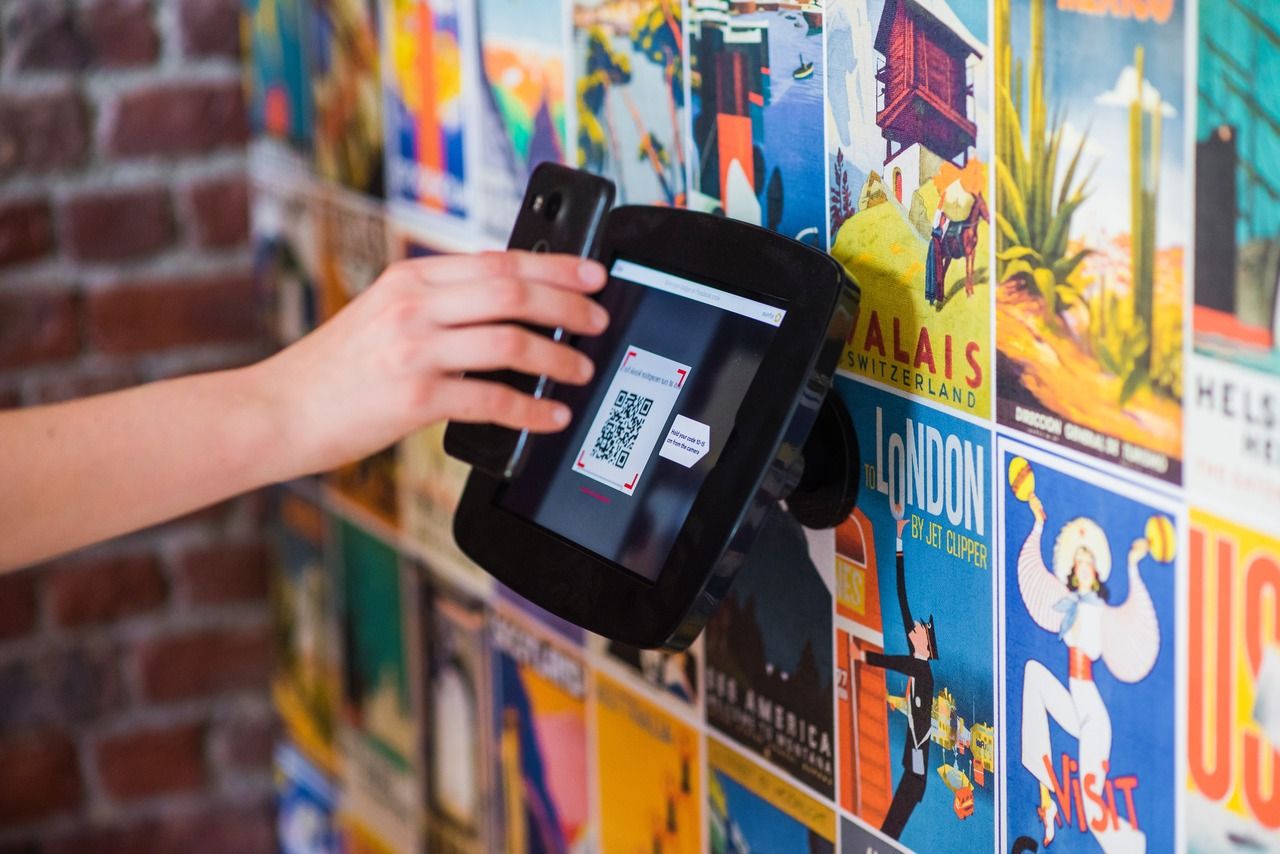
Recall that a version 40 QR code can contain up to 3Kb of data, facilitating 7,089 numeric characters or 4,296 alphanumeric characters. A single Data Matrix code can hold a lesser volume, maxing out at 2,335 alphanumeric characters, 3,116 digits, or 1,556 bytes of binary data.
In purely numerical terms, the QR code possesses a larger storage capacity when compared to a Data Matrix. You can store more information in a single QR code than a Data Matrix code.
But it's important to remember that, as always, context is king in marketing. Despite the smaller data size, the Data Matrix codes are perfect for specific situations where size plays a significant role. If you're working on tiny materials like jewelry tags or specific electronic items, the compactness of the Data Matrix could be more suitable.
Tracking, Flexibility, and Ease of Use
When investigating 'QR Code data size' versus 'Data Matrix Code data size,' it's only fair to go beyond data limits and look at other deciding factors.
One main selling point for QR codes is their ability to house dynamic data. Dynamic QR codes don't increase the 'QR code max data size' but allow you to have flexible marketing campaigns. This is not possible with Data Matrix codes, as the stored data cannot be changed after the code is generated.
On the other hand, while Data Matrix codes are noticeably used in the industrial sphere, such as item identification and tracking, their usage in customer-facing marketing applications is rather sparse
Key Takeaway: Is the Data Storage Capacity of QR Codes Enough?
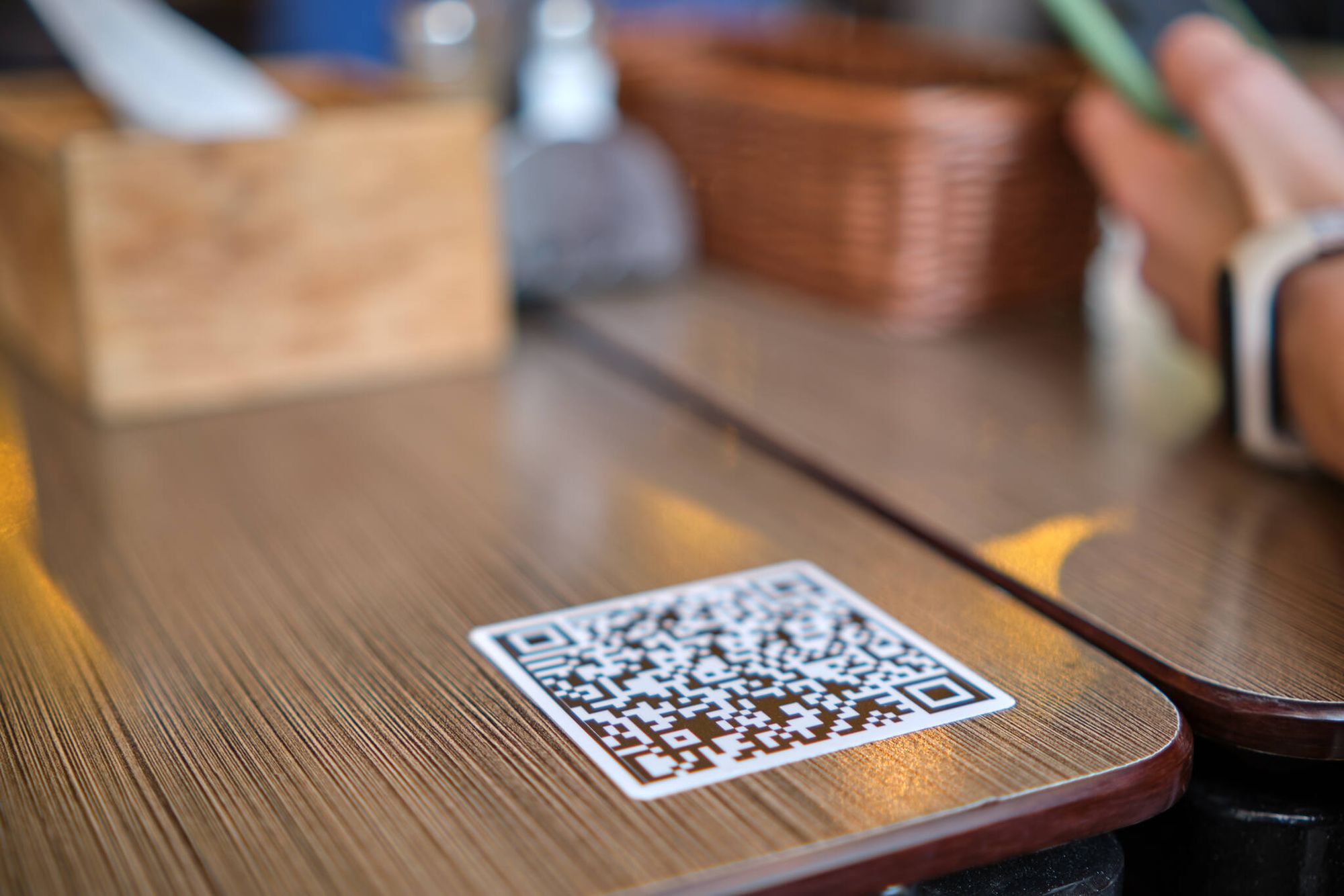
The answer, quite simply, is - yes! The data storage capacity of QR codes is more than enough for nearly every conceivable marketing usage.
Considering that a single QR code, even without delving into micro or iQR versions, can store up to 3000 characters at its' QR code max data size,' opportunities are practically endless for marketers and SEO experts.
Let's understand this in contrast – A standard URL is rarely more than 100 characters long. That means a huge portion of a QR code's total capacity remains unused even after storing website links.
Likewise, an entire vCard contact file can be expressed in less than 300 characters, leaving plenty of room for more use. More importantly, 'suave' QR code usage isn't necessarily about how much data QR codes can store but rather about what and how effectively they store!
Unquestionably, 'QR code max data size' does offer a media-rich environment for business promotion. However, it's also worth noting that your QR code usage should be driven by practicality and your marketing strategy. Overloading a QR code with unnecessary information can backfire and derail a user's digital experience, which could have otherwise been smooth and enjoyable.
So, is 'QR code max data size' enough? The answer, undoubtedly, is a resounding yes! The success lies not in understanding 'how much data can a QR code store' but in leveraging the right data in the right context and integrating this dimension into your marketing strategy with creativity, precision, and user-centricity.
Conclusion
Rewinding to where we started our exciting journey, we were driven by the quest to unveil the secrets of QR Codes, primarily answering: "How much data can a QR code store?"
Through this enlightening journey, we've demystified many aspects of QR codes, learned about static and dynamic variants, got savvy with 'QR code max data size,' and even compared QR Code data size to that of data matrix codes.
On that concluding note, we want to invigorate every SEO expert and marketer out there not to get tangled in the density and prowess of QR Code data size but rather focus on unlocking its potential to its maximum effect.
Keep creating, innovating, and succeeding until our next enriching journey of secrets and discoveries! This serves as the base for a mountain of unexplored opportunities.
Discover these blog posts before you go:


